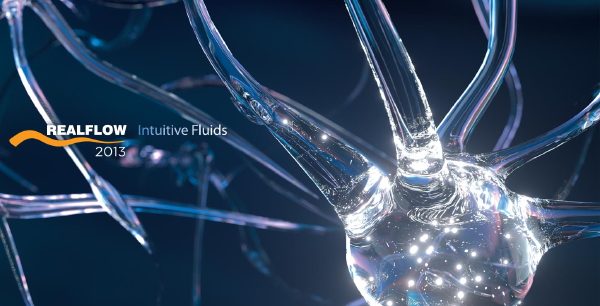


The base simulation alone gives the user quality and detail that wasn’t possible with the old system, even adding tonnes of additional layers of particles on top. The simulation took its time, but the amount of detail was very high this wouldn’t have been possible with the old Hybrido system. Scene nodes are the new node-based way to work in RealFlow 2013 Hybrido 2 integrates extremely well with Caronte RBD.

While testing, I was able to simulate a waterfall consisting of more than 200 million particles (base simulation, without additional layers) on an i7-3930K Intel-based workstation with 16GB RAM.

However, Next Limit has addressed the issue by introducing a FLIP solver to Hybrido 2 and renovating the secondary systems for the creation of more detail, foam or other additional elements for simulations. This worked fine in many situations, but Hybrido was limited: it was hard to get an acceptable amount of detail out of the base simulations, and one often needed lots of additional layers of SPH on top in order to get the desired quality. Hybrido offered a simplified method for simulating the base liquid, so SPH was only needed for certain high-detailed areas. SPH enables you to simulate virtually anything that takes a whole lot of detail, but those highly detailed simulations take their time. Until then, this had been hard to do with RealFlow, as its standard SPH-based particle solver is more targeted towards splashes or tabletop-scale phenomena. Hybrido was first introduced in 2010 with RealFlow 5, as a system for simulating medium and large bodies of water. In comparison with the previous Hybrido system in RealFlow, the new FLIP solver feels like a quantum leap – faster, more reliable and allowing much more detailed simulations. Now, a FLIP solver (FLuid Implicit Particle, a method originally invented in 1986) is the base for the liquid calculations – basically the same technology that is used in other packages such as Naiad or Houdini. In RealFlow 2013, the Hybrido 2 system for simulating large bodies of water like rivers or oceans has been completely revamped. The ability to preview simulations using Maxwell offers new workflows to the artists


 0 kommentar(er)
0 kommentar(er)
